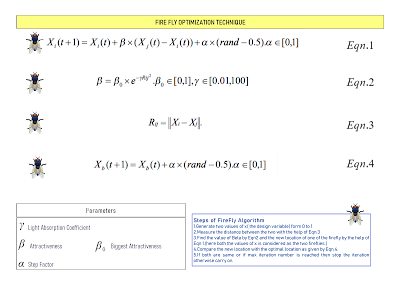Introduction to Invasive Weed Optimization Technniques
The Invasive Weed Optimization Technique (IWOT) is a metaheuristic algorithm inspired by the invasive growth patterns of weeds in nature. This algorithm was first introduced by Mehrabian and Lucas in 2006 as a novel approach to solving complex optimization problems. IWOT aims to mimic the competitive and adaptive behavior of weeds, which allows them to efficiently colonize new areas and survive in harsh environments. By emulating this natural phenomenon, IWOT has proven to be highly effective in finding optimal solutions for a wide range of problems across various fields. The origin of IWOT can be traced back to the study of biological systems and their ability to adapt and thrive in challenging conditions. The development of this technique involved extensive research and experimentation to understand the underlying principles of weed growth and apply them to optimization problems. Over time, IWOT has evolved and been refined through the integration of mathematical models and computat
